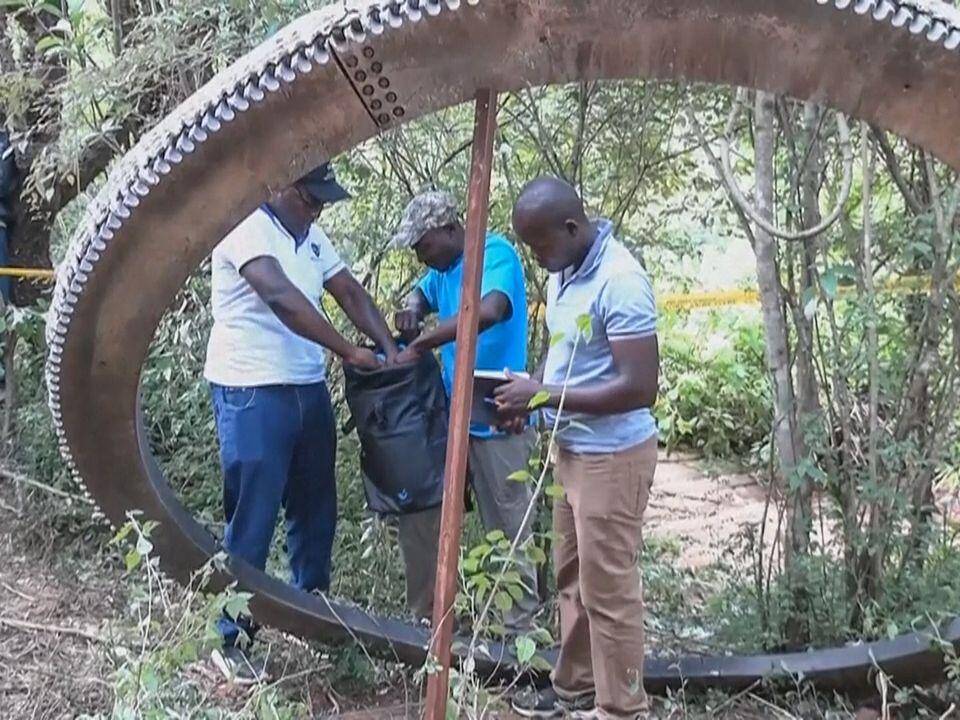A half-ton metal ring fell from the sky in Kenya. The country’s space agency confirmed what many suspected.
On December 30, something pretty wild happened in a little village southeast of Nairobi, Kenya. A big metallic ring unexpectedly dropped into a local field, grabbing everyone’s attention and sparking some serious talk about space junk and how it might affect us here on Earth.
The metal object that landed was no small fry—it measured 8.2 feet across and weighed around 1,102 pounds. Naturally, folks were buzzing with questions: Where did this thing come from? Was it part of an airplane, a chunk of satellite, or maybe even alien leftovers? Despite its massive size and weight, it’s amazing there were no injuries when it hit the ground.
Local authorities wasted no time in roping off the area to keep everyone safe from whatever this unidentified object might be. The Kenya Space Agency (KSA) quickly got involved to figure out what they were dealing with. After taking a good look at the debris, KSA concluded that it was actually a separation ring from a space launch vehicle. They called it an “isolated case,†noting that these parts are usually designed to burn up upon re-entry or land far away from people.
Even with all the precautions taken, this incident shines a light on some gaps in our current space safety measures. Kenyan officials have said they’ll dig deeper to find out how this slip-up happened and stop anything like it from occurring again. However, they still haven’t pinned down which specific launch vehicle is responsible for dropping this piece of debris.
This whole event highlights a bigger issue we’re facing globally: the ever-growing problem of space junk. Space missions tend to leave behind all sorts of debris—from tiny paint flecks to huge rocket stages—which can be risky not just for operational satellites and space stations but also for us down here on Earth. NASA estimates there are millions of pieces of debris zipping around our planet, with over 27,000 being large enough for tracking.
Space junk can float around up there for years before finally tumbling back down to Earth. Remember that time in 2024 when a family in Florida took NASA to court because some used battery pallets from the International Space Station crashed into their house? Incidents like these drive home the growing threat and highlight why we need international teamwork to tackle space waste smartly.
Some ideas being floated include:
- Creating “cleaner†satellites that can snag existing debris
- Using passive systems to safely deorbit old satellites
- Developing materials that can better withstand collisions
Still, rolling out these solutions globally comes with both technical.
It’s important we don’t treat outer space as an endless dumping ground; what happens up there affects both outer space and life on Earth directly. We need worldwide rules to make sure space exploration stays safe and sustainable for future generations.
Reflecting on what happened in Kenya reminds us all about our shared duty to handle tech advancements wisely and sustainably. By working together across countries and investing in creative solutions, we can safeguard our planet while continuing to explore new frontiers beyond Earth’s atmosphere.


